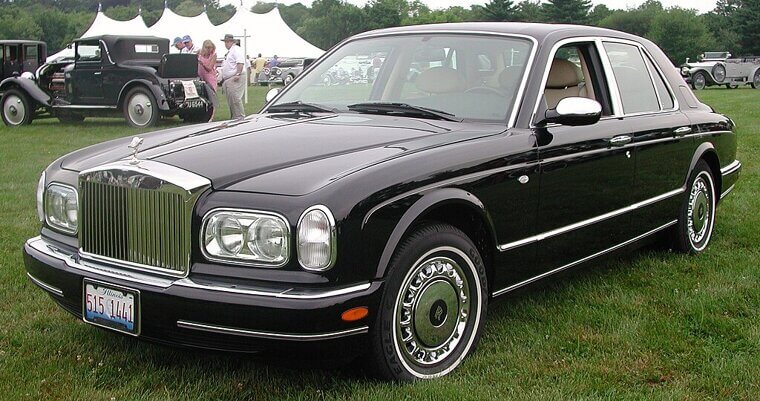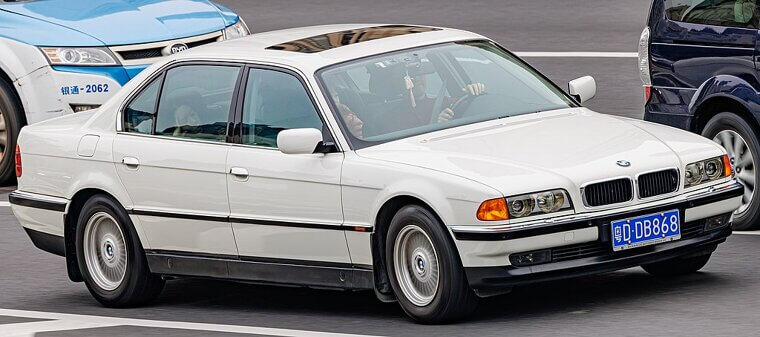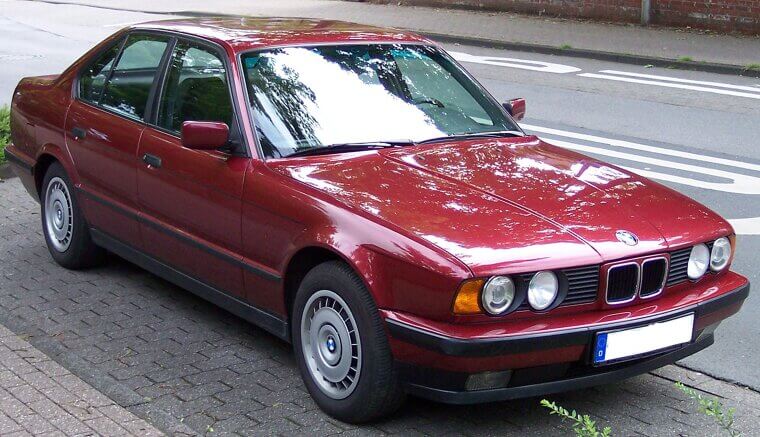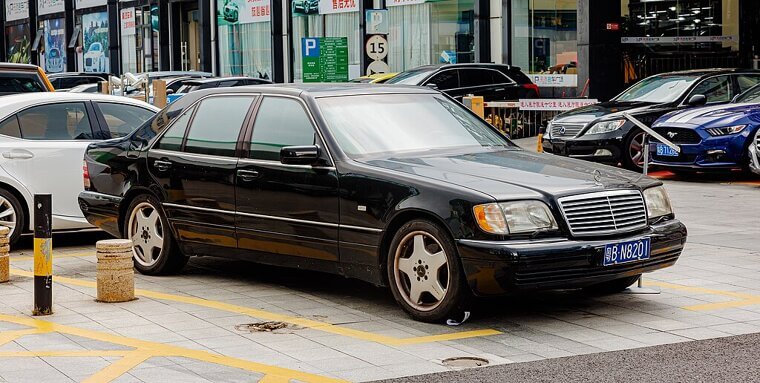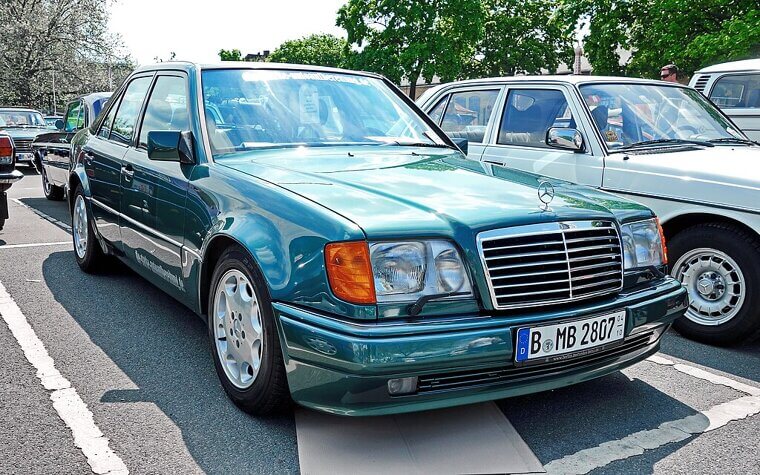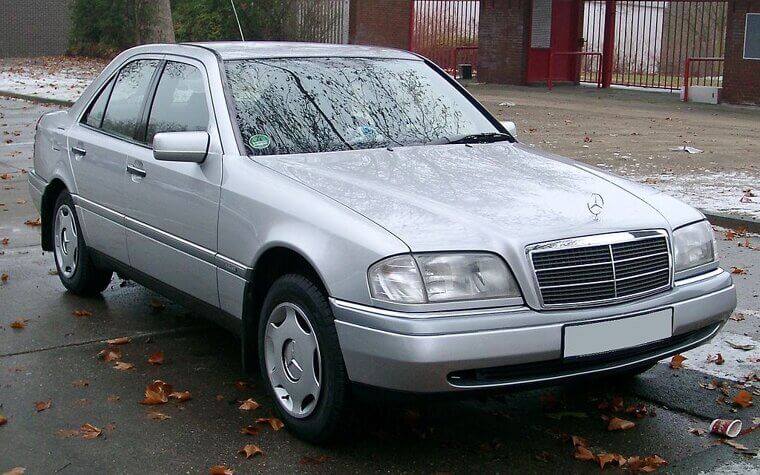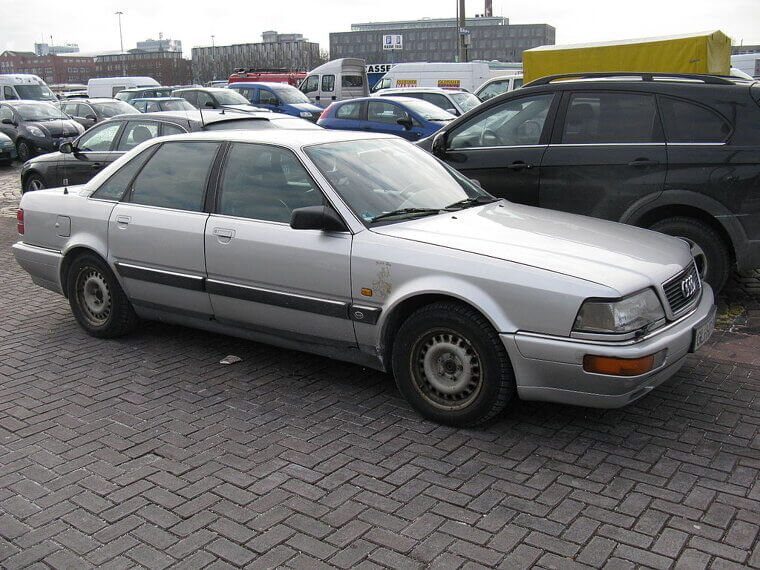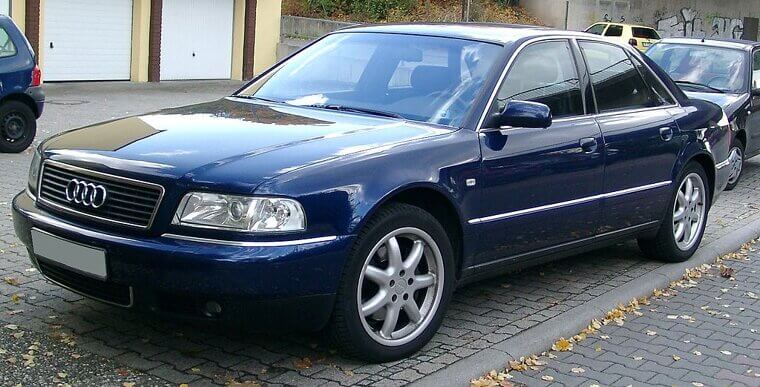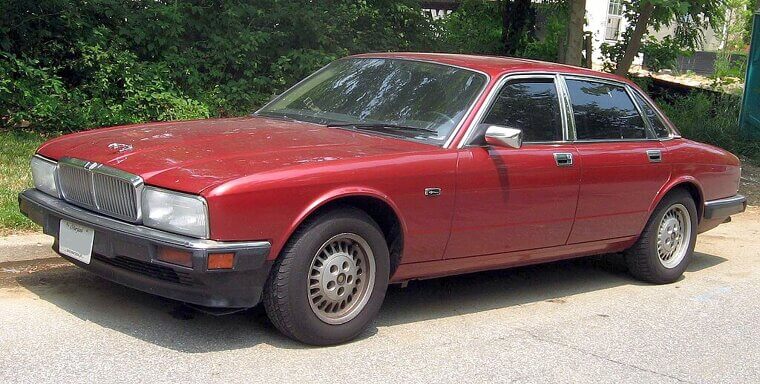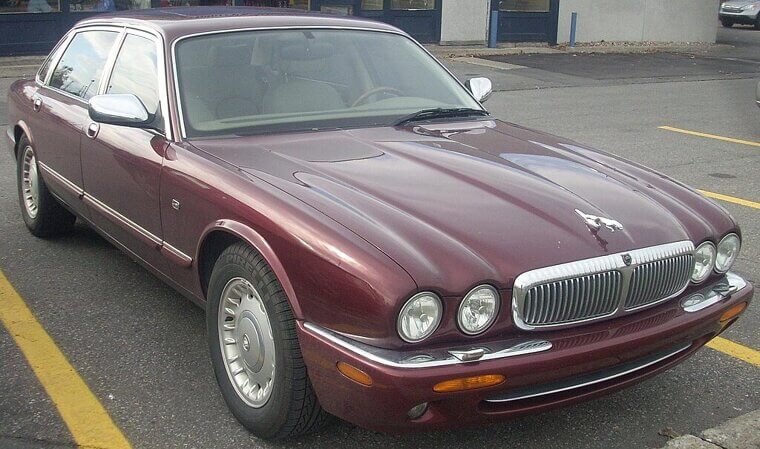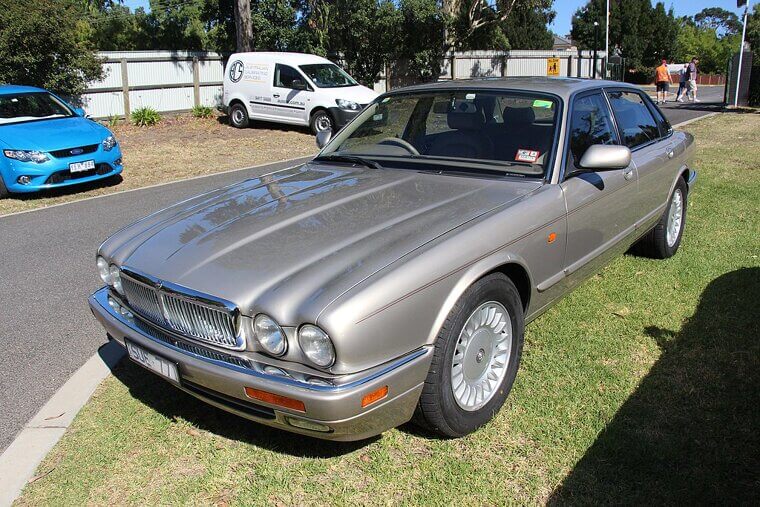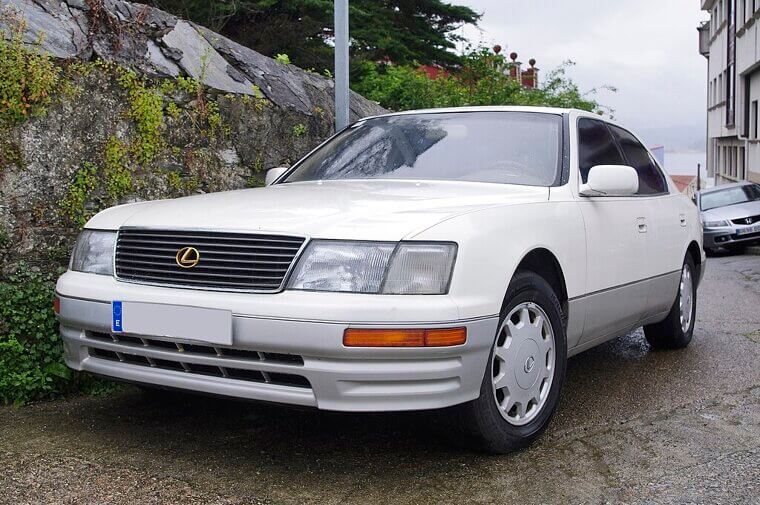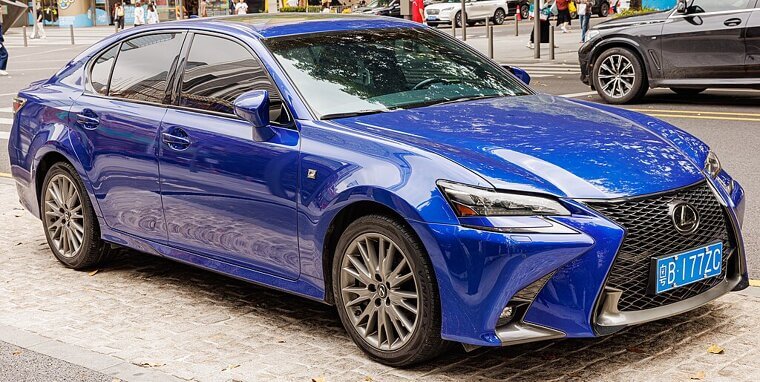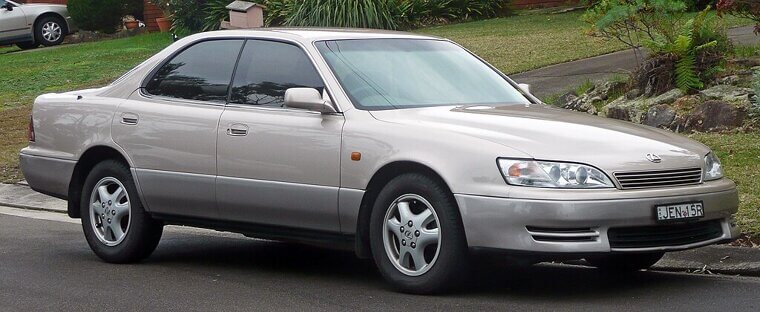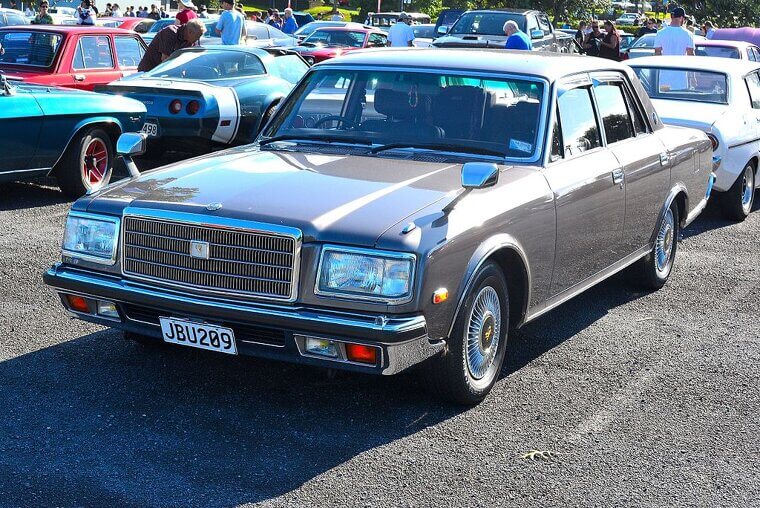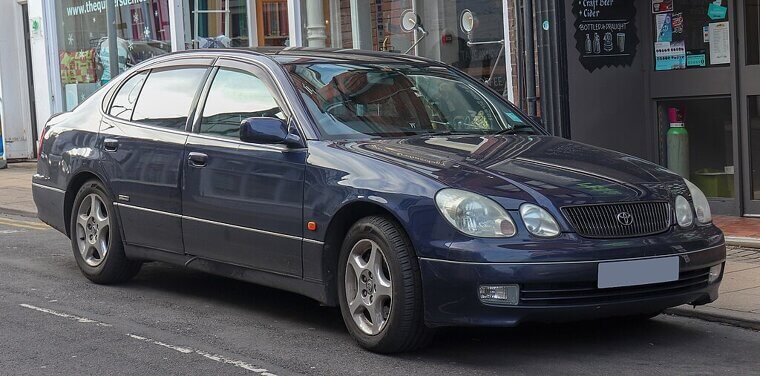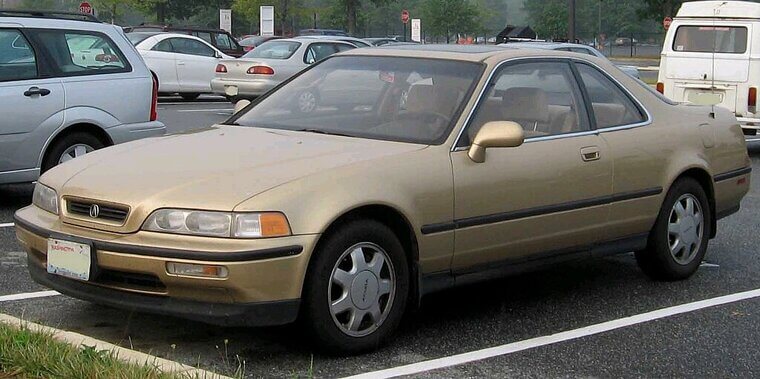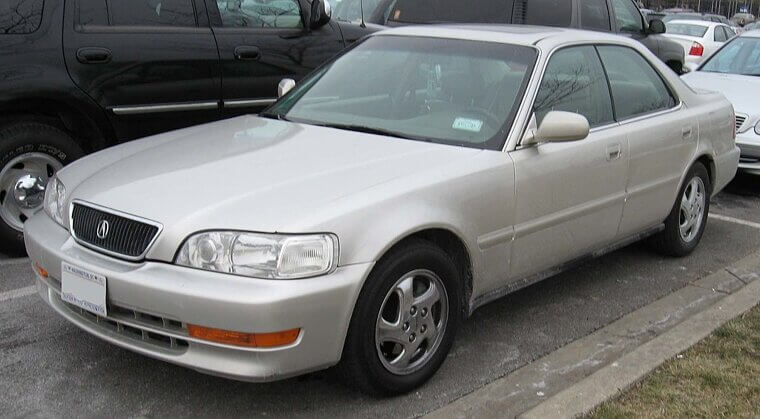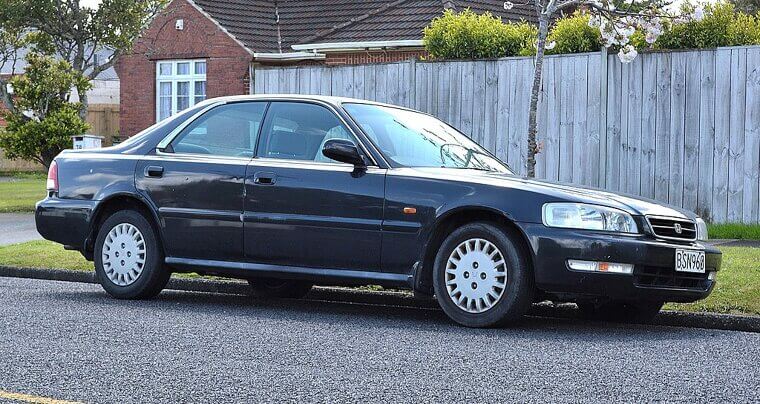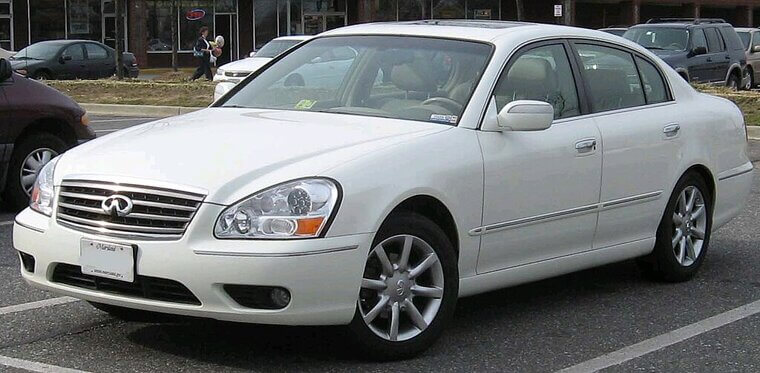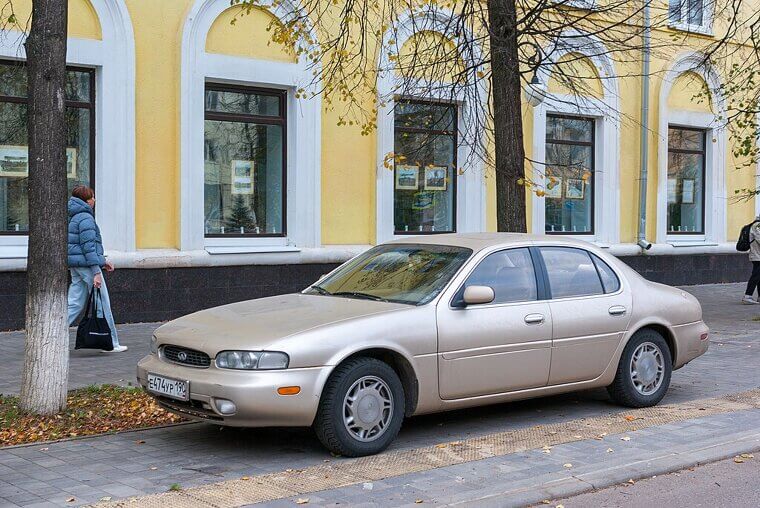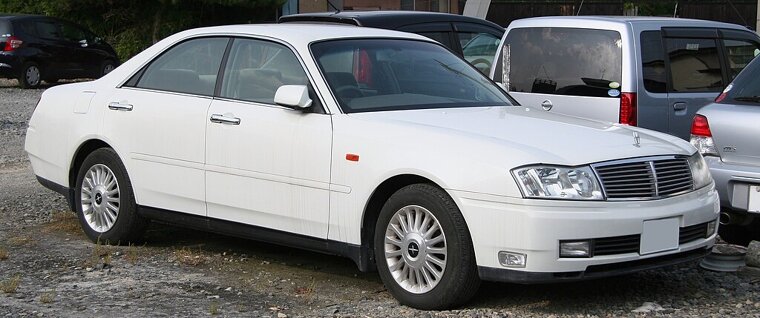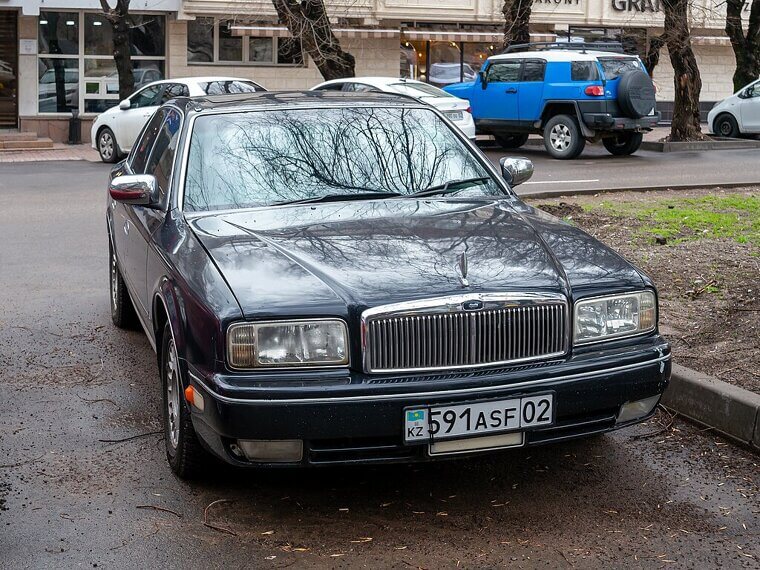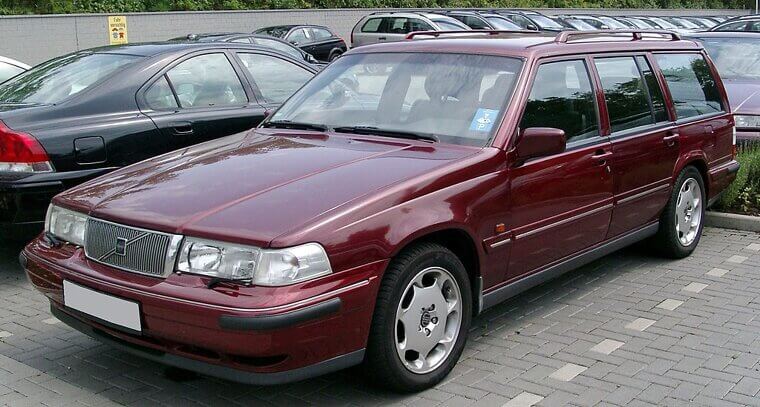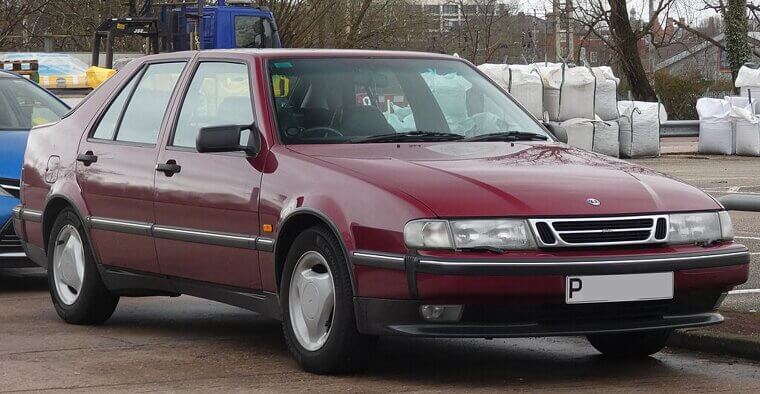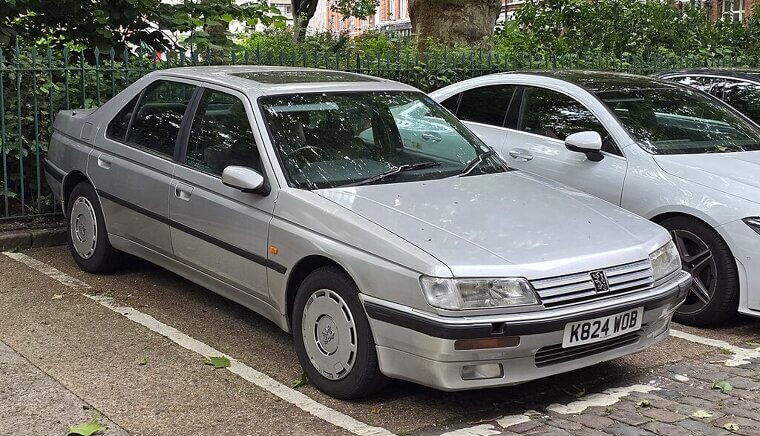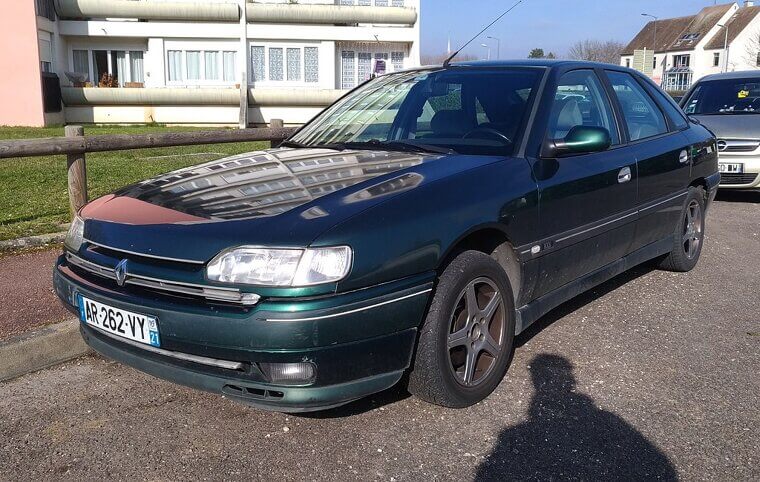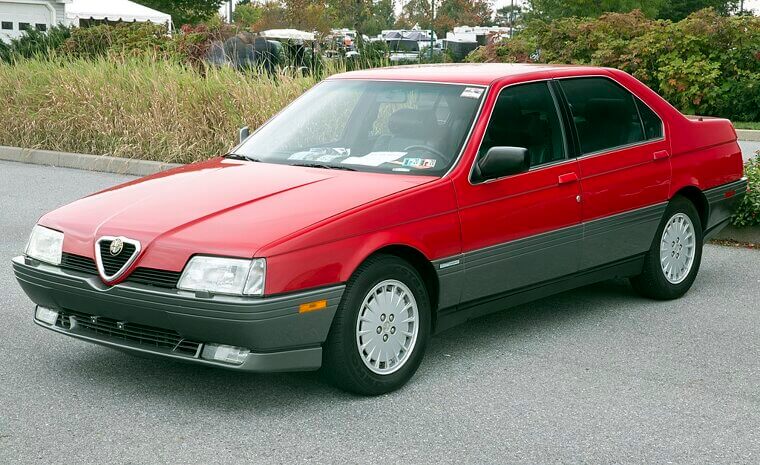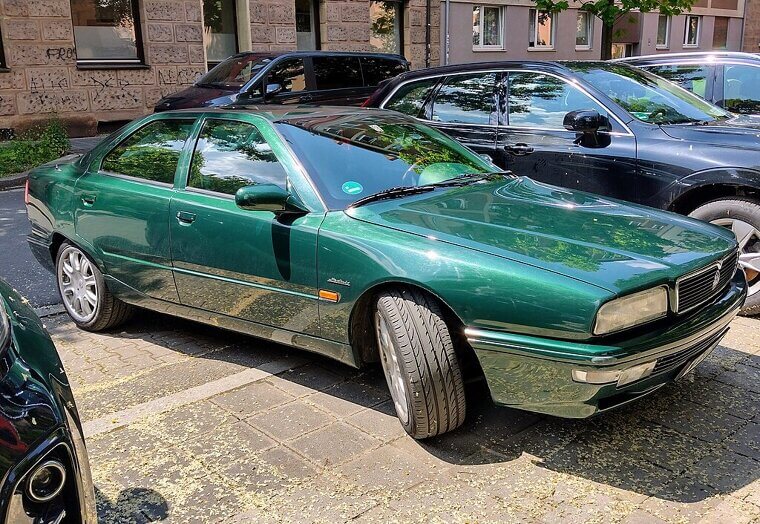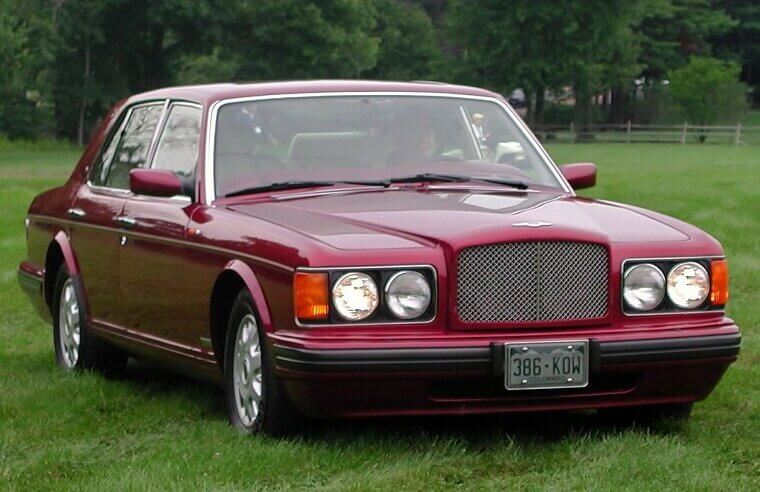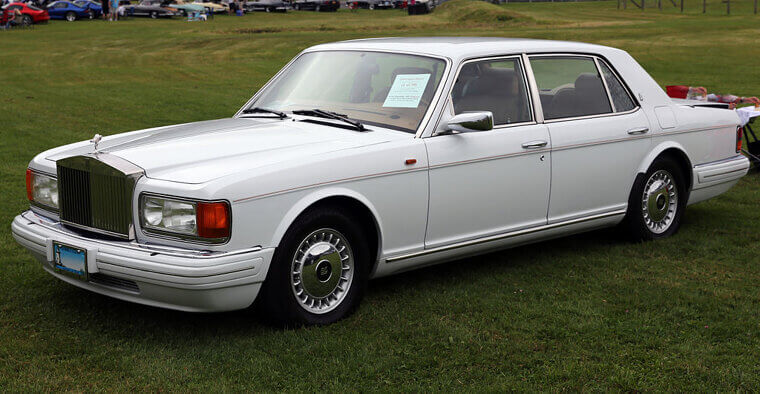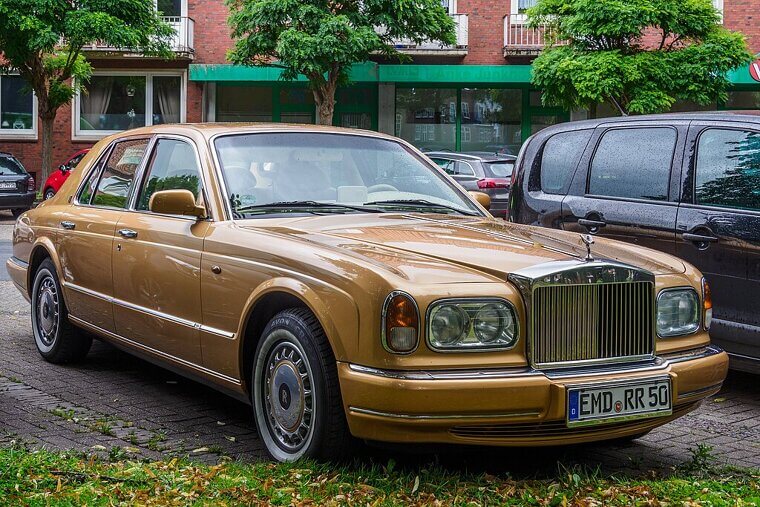Classic ’90s Luxury Sedans Buyers Want Back on the Road
Luxury sedans of the ’90s embodied understated opulence: V12s humming beneath quiet restraint and technology that felt like sorcery back then. Once overlooked as used barges, these stately machines are enjoying renewed appreciation.
BMW 7 Series (E38, 1994–2001)
The E38 perfected BMW’s flagship formula. Clean, timeless lines, silky inline-sixes, V8s, and the mighty V12. It introduced high-tech toys like satellite navigation and was James Bond’s chauffeur in “Tomorrow Never Dies.” Collectors love its blend of classic BMW dynamics with true limousine presence.
BMW 5 Series (E34, 1987–1996)
The E34 was solid as granite yet drove like silk. Available with everything from humble sixes to the monstrous M5, it’s a connoisseur’s sedan. Today, enthusiasts covet clean examples, praising its perfect mix of understated looks and autobahn-shredding ability.
Mercedes-Benz S-Class (W140, 1991–1998)
Nicknamed the “Panzerwagen,” the W140 was overengineered to near absurdity. Double-glazed windows, soft-close doors, and even a rear window sunblind. Its V12 was smooth enough to shame rivals. Once dismissed as bloated excess, it’s now revered as peak Mercedes-Benz ambition.
Mercedes-Benz E-Class (W124, 1984–1997)
The W124 defines Mercedes durability. Boxy, elegant, utterly indestructible, these sedans quietly ruled the ’90s. Taxi fleets proved their longevity, while well-heeled buyers enjoyed understated prestige. Today, collectors hunt low-mileage examples, especially the rare E420s and six-cylinder diesels.
Mercedes-Benz 500E/E500 (1991–1994)
A wolf in a perfectly tailored suit, Porsche co-built the 500E, which looked almost like any other W124… until it left Ferraris gasping. Its flared arches, hidden menace, and 322-hp V8 make it one of the coolest sleepers of the ’90s.
Mercedes-Benz C36 AMG (1995–1997)
Before AMG became a household name, there was the C36: the first official AMG Mercedes. With 276 horsepower and discreet styling, it proved compact luxury could also be ferocious. Rare, hand-assembled, and understated, it’s a rising star among collectors who crave the origins of Mercedes-AMG’s modern performance dynasty.
Audi V8 (1988–1994)
Audi’s first attempt at a true luxury flagship combined Quattro AWD with a silky V8. Though overshadowed by the later A8, it laid the foundation for Ingolstadt’s modern image. Today, it’s a cult classic: rare, handsome, and intriguing. Collectors who find a clean one know they’re driving history.
Audi A8 (D2, 1994–2002)
Audi’s first A8 introduced the lightweight “Audi Space Frame,” a technological marvel. It combined quattro grip, elegant Bauhaus-inspired design, and understated presence. Buyers who wanted something different from BMW and Mercedes flocked to it. Collectors today appreciate its innovation, rarity, and connection to Audi’s modern dominance.
Jaguar XJ40/X300 (1986–1997)
The ’90s were tricky for Jaguar, but the XJ carried the marque’s stately charm. Whether the boxier XJ40 or the curvier X300, it delivered wood, leather, and that irreplaceable British character. Under Ford’s stewardship, reliability improved, making them more collectible today.
Jaguar XJ8 (X308, 1997–2003)
The last of the classic-shaped Jaguars, the XJ8 blended tradition with modern muscle. With its new V8 engines and sumptuous interiors, it ushered Jaguar into the modern age while retaining unmistakable elegance. Collectors see it as the perfect bridge between old-world charm and contemporary performance.
Jaguar XJR (X300/X308, 1994–2002)
When Jaguar decided to add menace to grace, the XJR was born. Supercharged sixes in the X300, then V8 thunder in the X308, gave these saloons a hooligan streak. Sleek, sinister, and fast enough to shock German rivals, they’re cult favorites today. Collectors love their balance of elegance, leather, and raw bite.
Lexus LS 400 (1990–2000, 1st and 2nd Gen)
Lexus entered the market with the LS 400, a car so refined and over-engineered it rewrote luxury standards. Whisper-quiet V8, flawless build, and bulletproof reliability. In the ’90s, it undercut Mercedes and BMW while offering more. Collectors now treasure it as the origin story of Lexus dominance.
Lexus GS 300/400 (1991–2000, 1st Gen)
Styled by Italdesign, powered by Toyota’s famed inline-six (and later V8s), the GS was Japan’s answer to the BMW 5 Series. It combined sportiness with Lexus luxury, wrapped in a sleek suit. Though overlooked in its day, collectors are rediscovering its significance: a performance-oriented Lexus that previewed the brand’s future ambition.
Lexus ES 300 (1991–1996, Early Generations)
Essentially a Toyota Camry in a tuxedo, the early ES 300 brought attainable luxury to Lexus’s lineup. Leather, refinement, and Japanese reliability made it a suburban dream machine. Collectors are starting to appreciate these as pure ’90s nostalgia - practical, comfortable, and quietly stylish.
Toyota Crown Majesta (1991–1999)
Japan’s domestic limousine, the Crown Majesta offered V8 power, supple ride quality, and features rivaling European giants. Rarely exported, it remained a symbol of quiet Japanese success. Today, JDM enthusiasts prize its rarity and understated opulence. Spotting one outside Japan feels like seeing royalty - dignified, elegant, and slightly mysterious.
Toyota Century (1990s Versions)
The ultimate Japanese status symbol. Powered by a silky V12, built with obsessive craftsmanship, and often chauffeur-driven, the Century was Japan’s Rolls-Royce. Never officially exported, it was reserved for executives and emperors. Collectors today chase them for their rarity, understated elegance, and cultural cachet.
Toyota Aristo (1991–1997)
The Aristo (known abroad as the Lexus GS) had a secret weapon: the legendary 2JZ-GTE twin-turbo engine. That’s right; a luxury sedan with Supra DNA. In Japan, it was a highway stormer disguised in sober lines. Collectors adore it today as the ultimate sleeper: Lexus refinement with turbocharged fury lurking within.
Acura Legend (1991–1995, 2nd Gen)
The car that put Acura on the map. The Legend combined smooth V6 power, graceful design, and Honda reliability into a package that rivaled Europe’s best. Executives loved it, enthusiasts respected it, and now collectors are rediscovering it as Acura’s peak moment.
Acura TL (1996–1998, Early 1st Gen)
Slotting beneath the Legend, the first TL offered sleek styling, refined interiors, and the bulletproof dependability Honda fans expect. While not as flashy as its bigger sibling, it carved a loyal following. Collectors are now noticing clean survivors, appreciating them as symbols of Acura’s rise during the ’90s luxury revolution.
Honda Inspire (1995–1998)
Honda’s upscale sedan twinned with Acura’s offerings, the Inspire blended innovation with elegance. With VTEC engines and meticulous craftsmanship, it delivered luxury without losing Honda’s engineering edge. Popular in Japan but rare abroad, it’s gaining cult interest among collectors. The Inspire represents Honda’s contribution to the ’90’s luxury sedan wars.
Infiniti Q45 (Y51, 1990–1996)
Infiniti’s debut flagship was bold: a V8 powerhouse with rear-wheel drive, active suspension, and almost no chrome. Marketed as a driver’s alternative to Mercedes, the Q45 offered serious performance wrapped in minimalist Japanese design. Collectors now view it as a statement piece - a luxury sedan that dared to rip up the rulebook.
Infiniti J30 (1992–1997)
With its rounded, almost organic styling, the J30 stood apart in the early ’90s. Built on Nissan’s respected Leopard platform, it blended a smooth V6 with a plush interior. Though overshadowed by rivals, it has aged into cult territory. Collectors admire its quirky design and rarity, especially when pristine.
Nissan Cedric/Gloria Gran Turismo Ultima (1991–1999)
Japan’s luxury twin sedans, the Cedric and Gloria offered a mix of understated style and turbocharged punch. The “Gran Turismo Ultima” trim paired sporty handling with executive refinement. Rarely exported, they’re now prized by JDM fans who appreciate their mix of discreet elegance and highway speed.
Nissan President (1990s Versions)
Reserved for Japan’s elite, the Nissan President was a limousine in the truest sense. V8 engines, cavernous interiors, and tech-laden comfort made it the equal of Europe’s best, though few outsiders ever saw one. Collectors today chase them for their rarity and aura of exclusivity.
Volvo 960/S90 (1990–1998)
The last of the rear-wheel-drive Volvos, the 960 (later S90) carried stately Scandinavian design and smooth straight-six power. Safe, comfortable, and understated, it appealed to buyers who valued substance over flash. Collectors now appreciate it as the swan song of Volvo’s old luxury tradition, a timelessly square and elegant machine.
Volvo 850 T-5R (1995–1997)
Who expected a Volvo wagon to be a performance icon? The 850 T-5R shocked the world with its turbocharged speed, boxy aggression, and famous “flying brick” styling. Available in sedan or wagon form, it delivered thrills with Swedish practicality. Collectors now lust after them, especially in iconic yellow!
Saab 9000 CSE Aero (1993–1998)
Saab’s flagship, the 9000 Aero offered turbocharged torque, wraparound cockpits, and eccentric Swedish charm. Its blend of speed and safety won fans who wanted something different from German sedans. Enthusiasts treasure the Aero as Saab’s peak expression of luxury and performance. Quirky, quick, and cult-worthy, it’s a true ’90s sleeper.
Peugeot 605 (1989–1999)
Peugeot’s attempt at an executive sedan brought handsome Pininfarina styling and smooth ride quality, but reliability woes kept it from rivaling Germany’s elite. Today, survivors are rare and fascinating. Collectors view the 605 as a curiosity - a French luxury car that dared to play in the big league, and nearly succeeded.
Renault Safrane (1992–2000)
The Safrane was Renault’s flagship: plush, spacious, and packed with innovation. Though never a huge export success, it represented French luxury with flair. Available in rare Biturbo form with all-wheel drive, it showed surprising performance credentials. Collectors now prize it as an oddball classic - distinctly French, defiantly different, and increasingly rare.
Alfa Romeo 164 (1987–1998)
Designed by Pininfarina and powered by Alfa’s soulful V6, the 164 was the brand’s ’90s luxury weapon. Crisp styling, sharp handling, and an unmistakable exhaust note made it stand out in a crowd of German sedans. Collectors today love its passion and pedigree. A flawed but beautiful reminder of Alfa’s spirited defiance.
Maserati Quattroporte IV (1994–2001)
Compact by luxury standards, the Quattroporte IV carried sharp Gandini styling and twin-turbo V6 or V8 engines. It was unapologetically Italian - fast, temperamental, and gorgeous. Though overshadowed by German rivals, today collectors value its rarity and charisma.
Bentley Brooklands (1992–1998)
The Brooklands was Bentley’s gentleman’s express; less ostentatious than the Turbo R, but still brimming with hand-built opulence. Its massive V8 delivered effortless cruising, while the cabin was a palace of wood and leather. Collectors treasure the Brooklands for its blend of discreet British class.
Bentley Turbo R (1985–1999, ’90s Updates)
The Turbo R was the Bentley that proved luxury could be thrilling. Its turbocharged V8 made the enormous sedan genuinely quick, while chassis tweaks gave it surprising agility. By the ’90s it had evolved into a refined bruiser, still dripping with craftsmanship. It’s considered a cult classic of power and poise.
Rolls-Royce Silver Spur III/IV (1990–1998)
Long-wheelbase luxury at its most decadent, the Silver Spur offered unmatched comfort and craftsmanship. With subtle updates through the ’90s, it retained Rolls-Royce’s signature presence: imperious, silent, and utterly commanding. Collectors admire these models as the last of the “traditional” Rolls.
Rolls-Royce Silver Seraph (1998–2002)
The Silver Seraph ushered Rolls into a new era, debuting a BMW-sourced V12 and thoroughly modernized engineering. Yet it retained the marque’s stately aura, wrapped in graceful coachwork and sumptuous interiors. Early skepticism has faded, and collectors now embrace it as a transitional icon, bridging heritage and the modern Rolls age.

